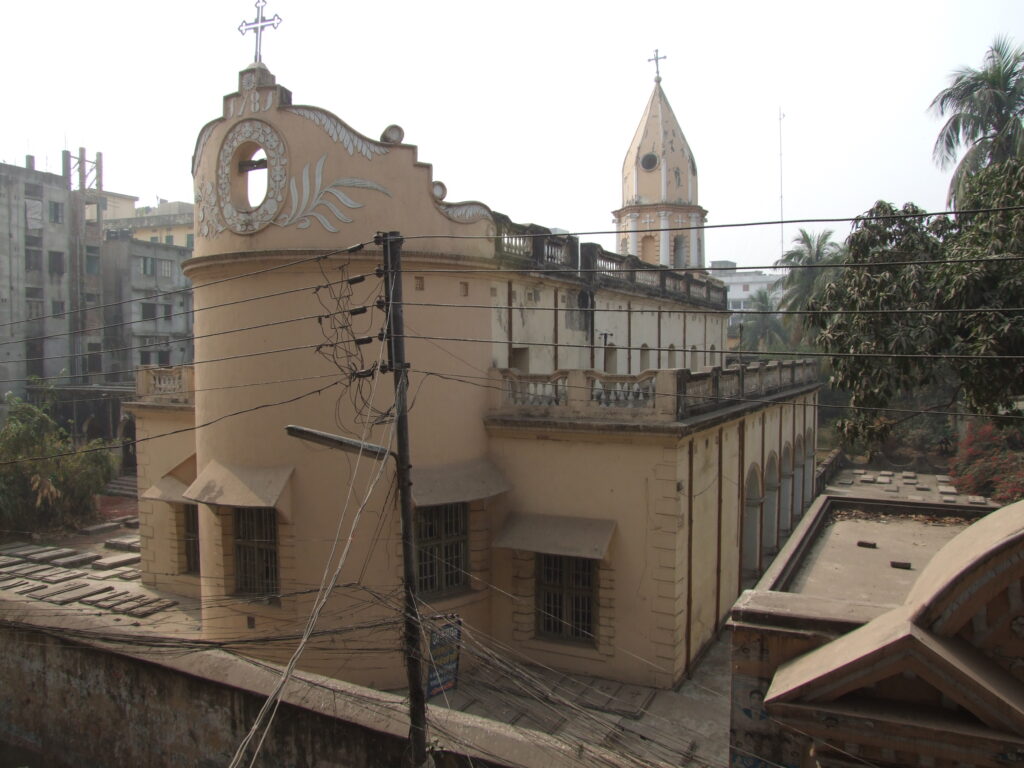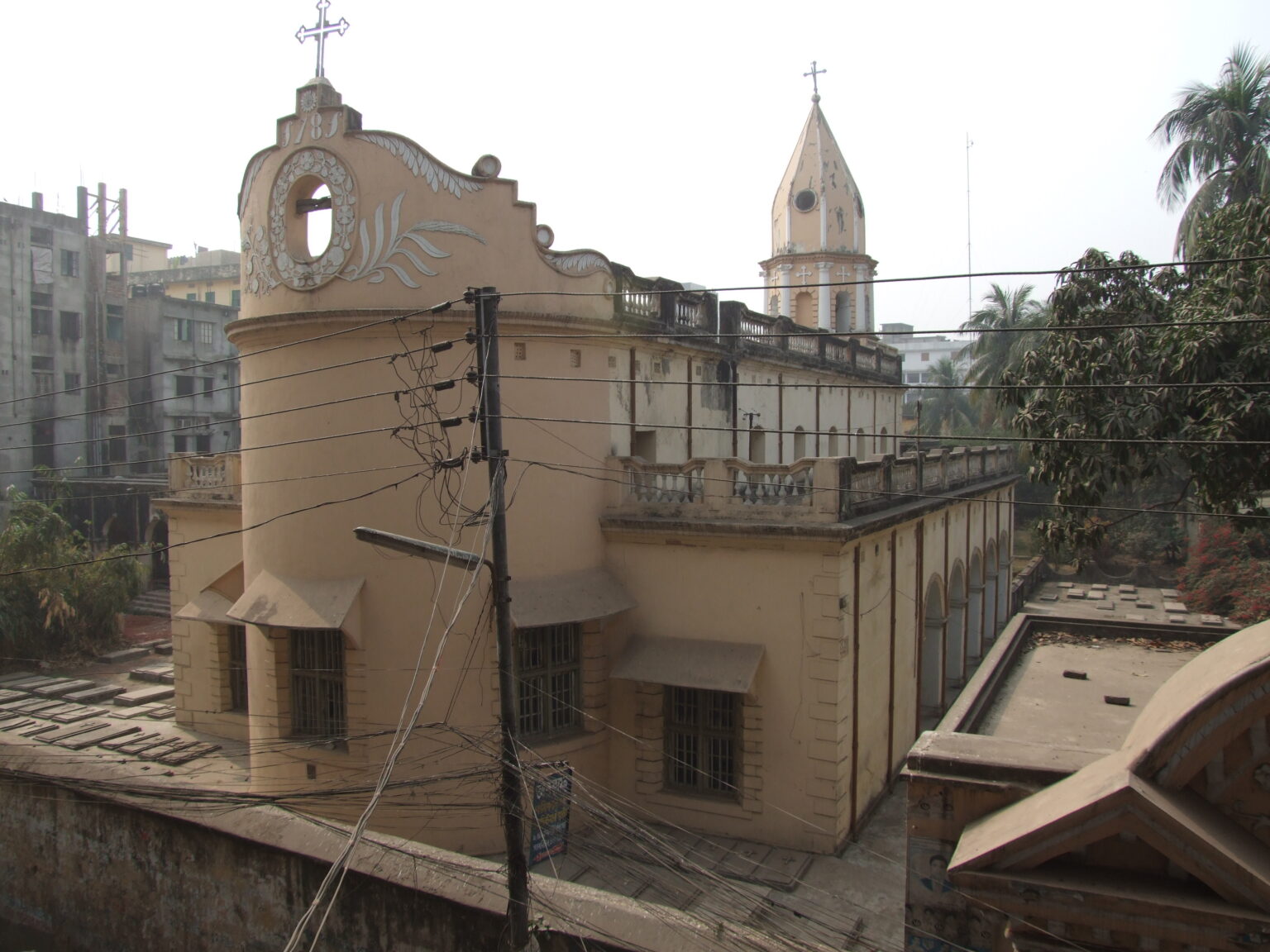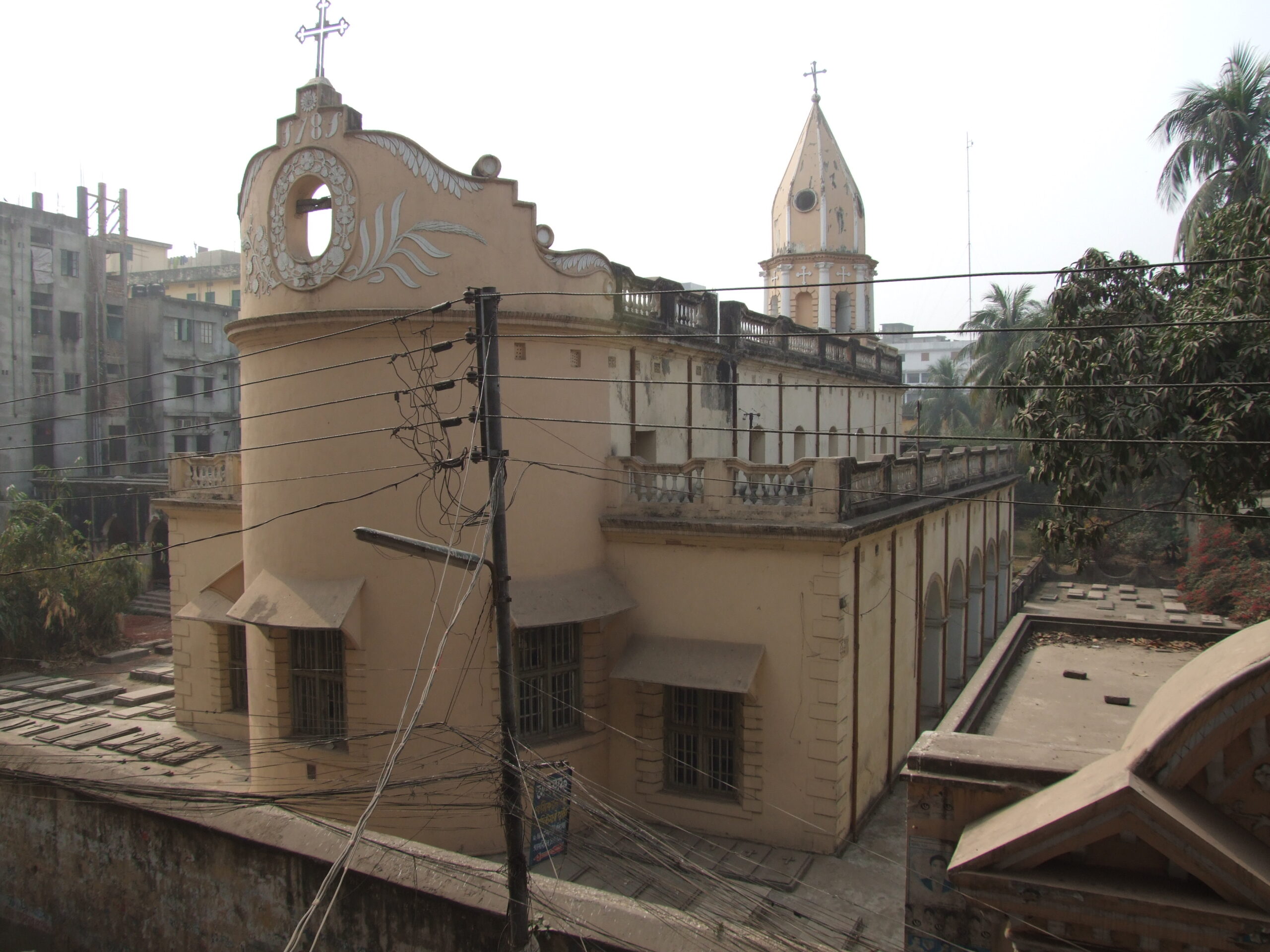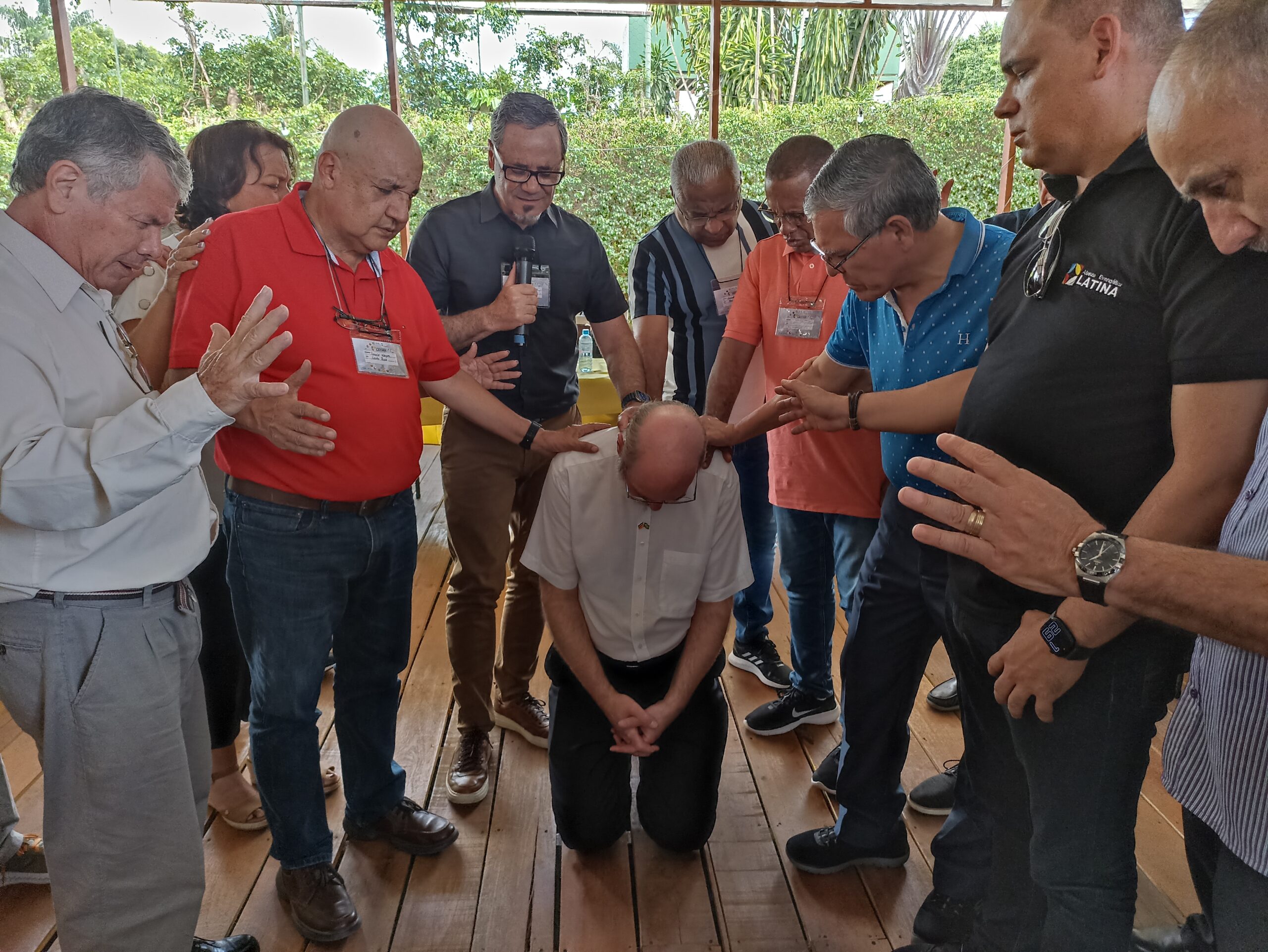Schirrmacher met with the warden of the church explaining the history, as well as with a journalist interviewing him on the situation of the Armenian Apostolic Church around the globe, in Armenia, Turkey, Lebanon, as well as in places like Dhaka in Asia.
The Armenian Apostolic Church of the Holy Resurrection (Armenian: Դաքքայի Սուրբ Յարութիւն Եկեղեցի), is a historically significant architectural monument situated in the Armanitola area of old Dhaka, Bangladesh. The church bears testimony to the existence of a significant Armenian community in the region in the 17th and 18th centuries.
Following the domination of their homeland by Persian powers of the time, Armenians were sent by their new rulers to the Bengal region for both political and economic reasons. Although the Armenian presence in South Asia is now insignificant, their presence in Dhaka dates back to the 17th century. Armenians came to Dhaka for business. In Dhaka, Armenian merchants traded in jute and leather, and profitability in these businesses convinced some to move permanently to Bangladesh. The area where they lived became known as Armanitola.
In 1781 the now famous Armenian Church was built on Armenian Street in Armanitola, then a thriving business district. The site was an Armenian graveyardbefore the church was built, and the tombstones that have survived serve as a chronicle of Armenian life in the area. The church is 230 m (750 feet) in length. It has 4 doors, 27 windows, all of them arched. The building plan has a main section where all the prayer activities take place and two rectangular wings on either side. There are some beautiful paintings in the church, by the artist Charles Port. There is a room behind the pulpit used for baptism, with a 3 foot deep marble baptismal font.
In the fifty years following the church’s construction, a clock tower was erected on its western side. Allegedly, the clock could be heard four miles away, and people synchronised their watches with the sound of the tower’s bell. The clock stopped in 1880, and an earthquake destroyed the tower in 1897. Beside of this there was a watch house built by Johans Paru Piyete Sarkis. The watch house was destroyed by an earthquake in 1897. There is a square tower on the church with a “shonkhonil” (special type of minar used in India to show respect) minar on the top of it.
The Armenians played a prominent part in the jute trade in Dhaka and are reputed to be the pioneers of that trade in the second half of the 19th century. Today, the last Armenian that took care of the church was Mikel Housep Martirossian (Michael Joseph Martin).
Only after its was a subject of BBC and AFP documentaries it was declared as a religious and historical heritage by the government of Bangladesh and put under supervision of the Department of Archaeology, Ministry of Cultural Affairs of Bangladesh that has taken measures to restore and safeguard the cultural heritage. Government of Armenia has shown interest to cooperate in the effort of the Bangladesh government. Now the site is open during daytime for the visitors.
https://en.wikipedia.org/wiki/Armenian_Church,_Dhaka

Source: https://upload.wikimedia.org/wikipedia/commons/5/5c/Armenian_Church_in_Old_Dhaka.JPG




